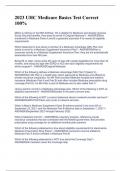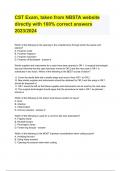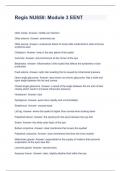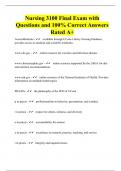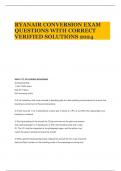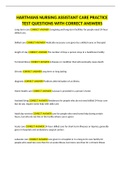College aantekeningen
Class notes of all lectures of Data Intensive Systems and Applications
- Instelling
- Technische Universiteit Eindhoven (TUE)
This file contains the notes of all the lectures from O. Papapetrou on this subject. It does not contains the extra lecture with an explanation of lambda expressions. It also does not contain the additional slides. It does contain extra comments the teacher made during the lectures.
[Meer zien]





